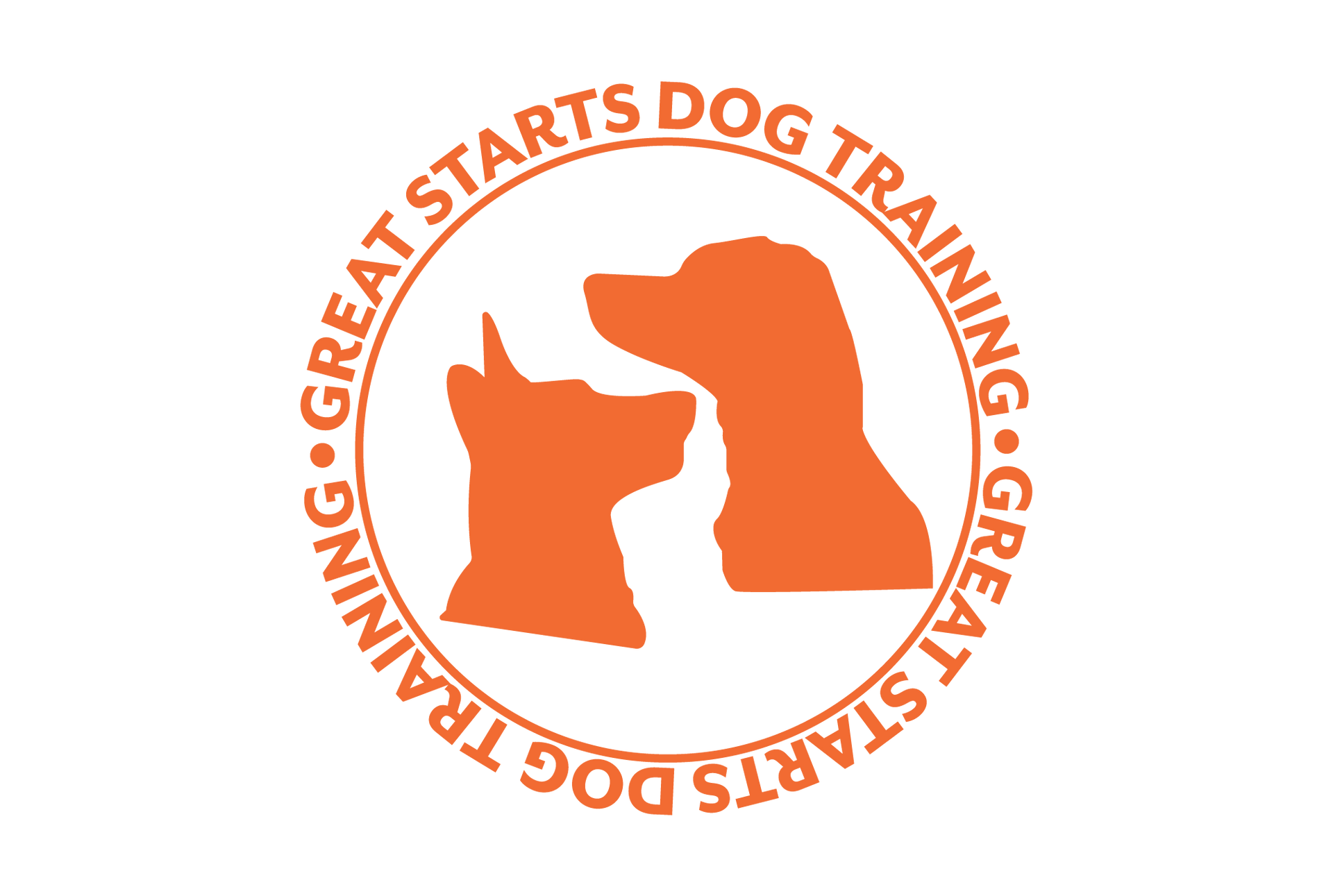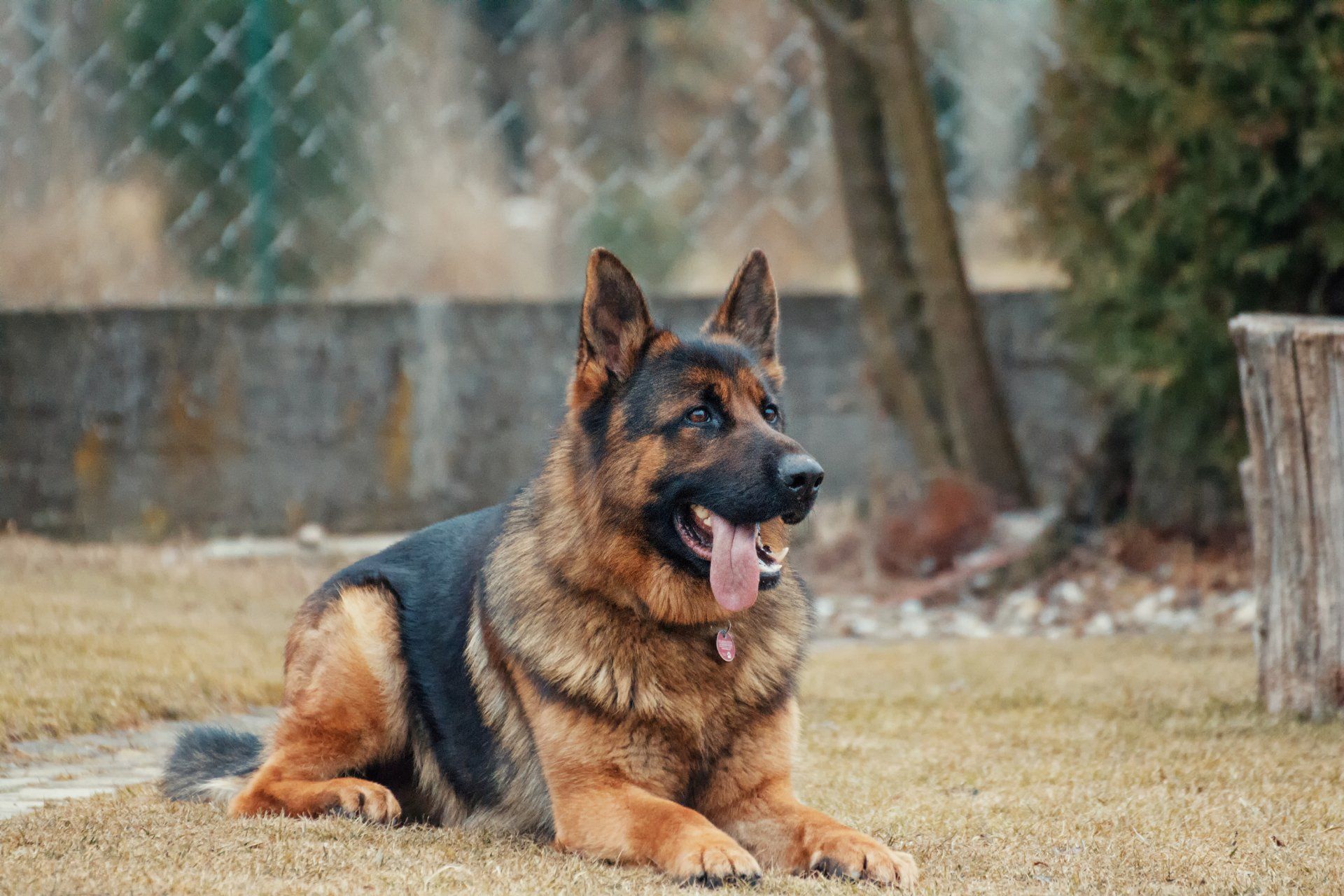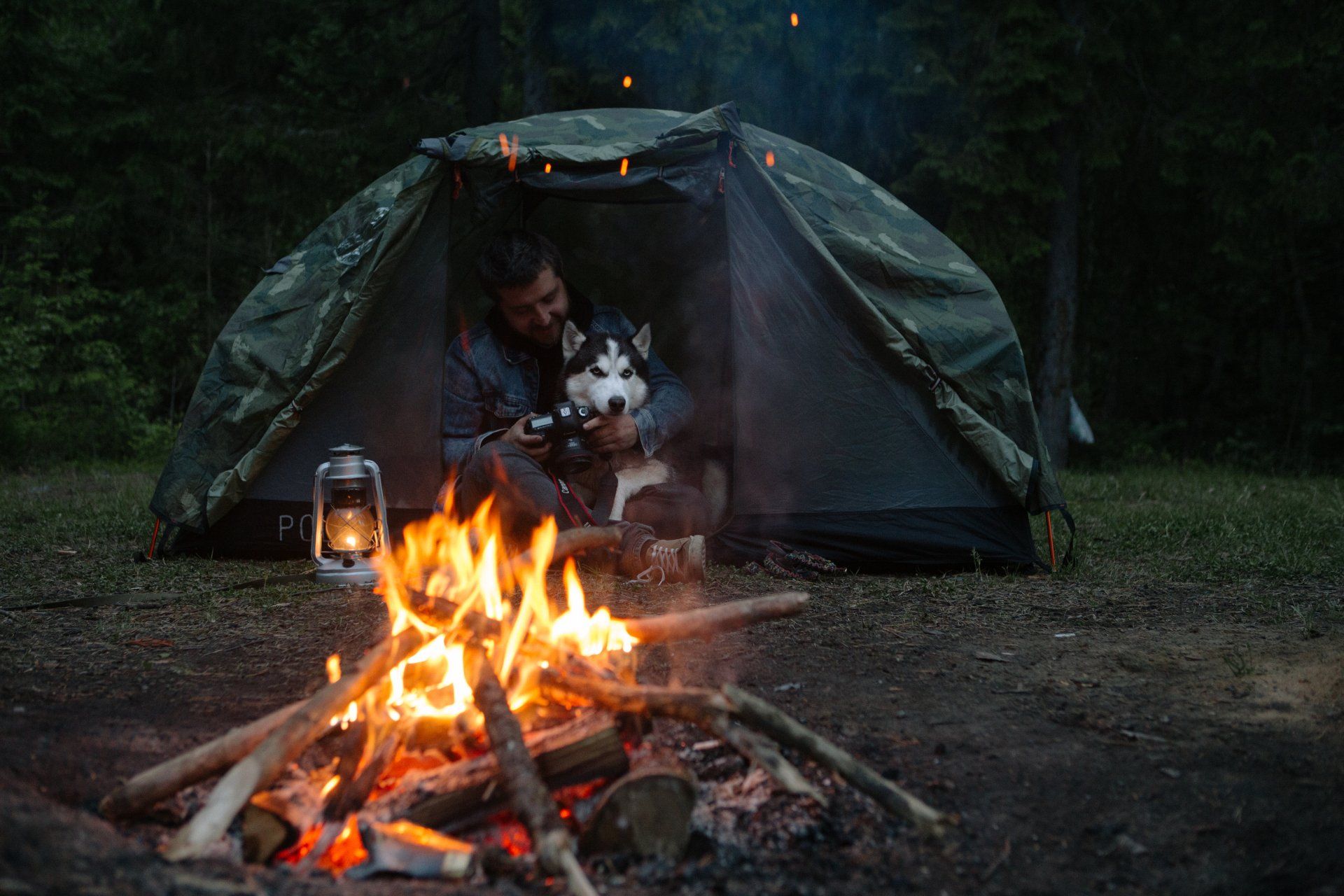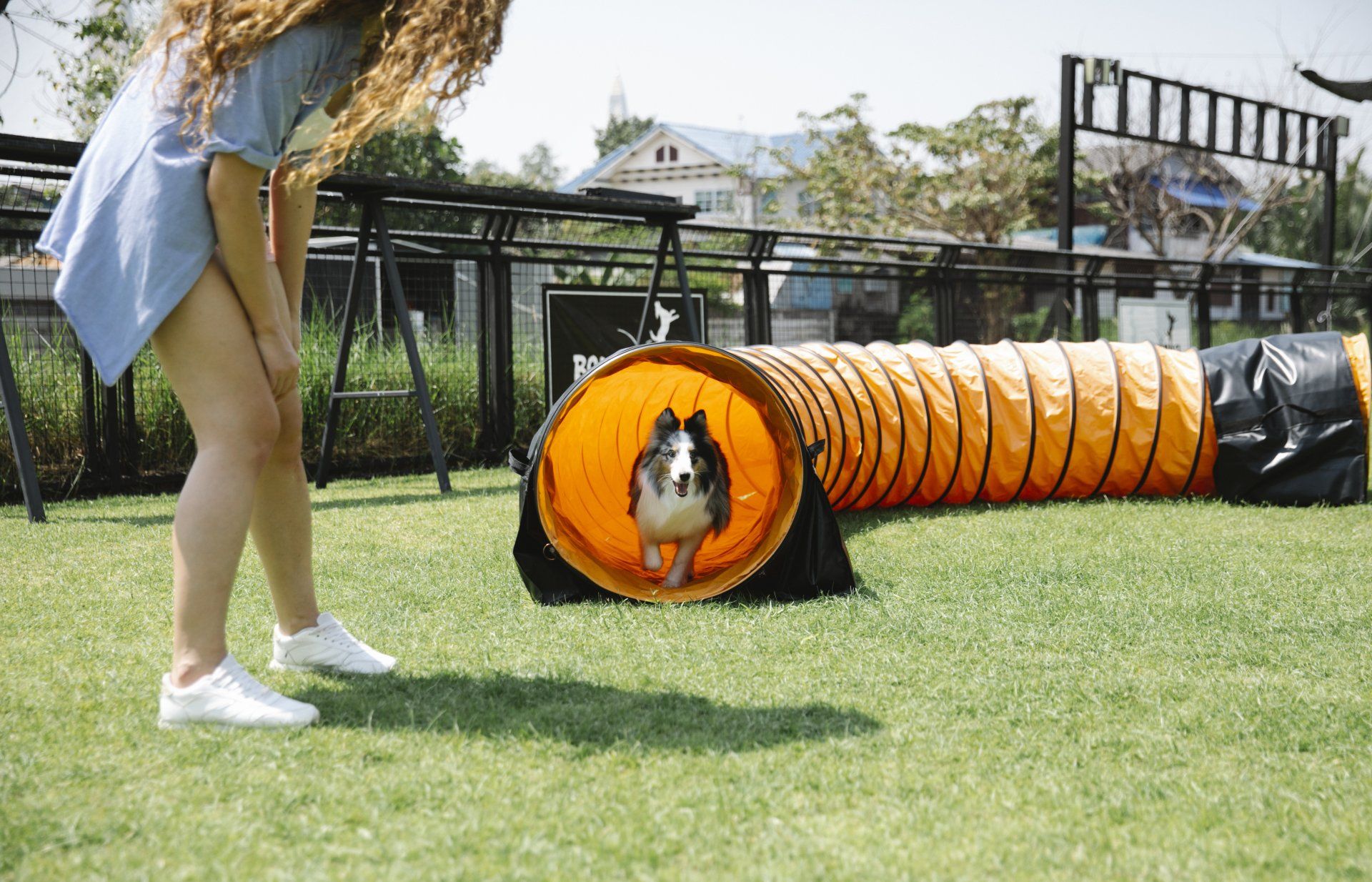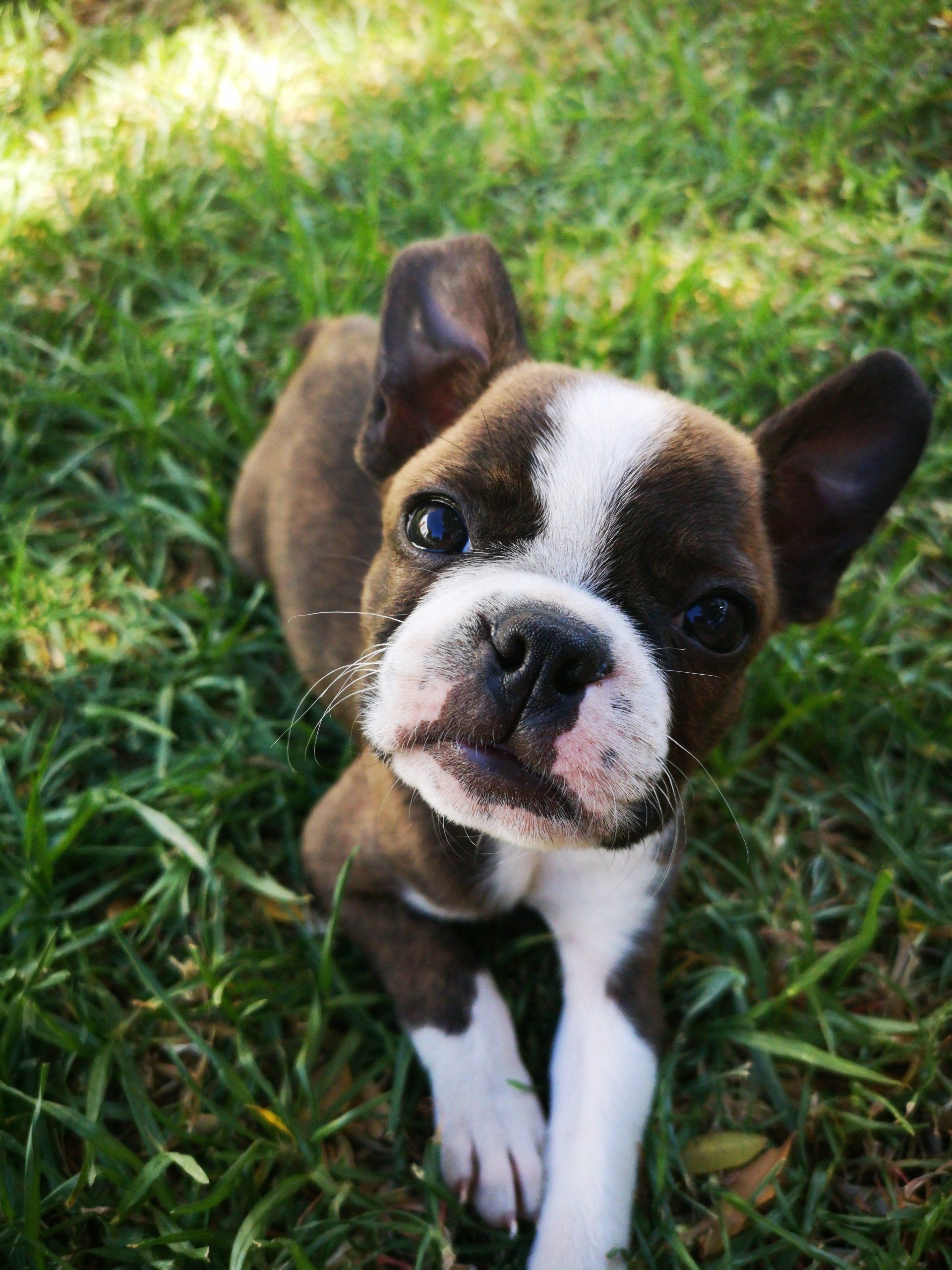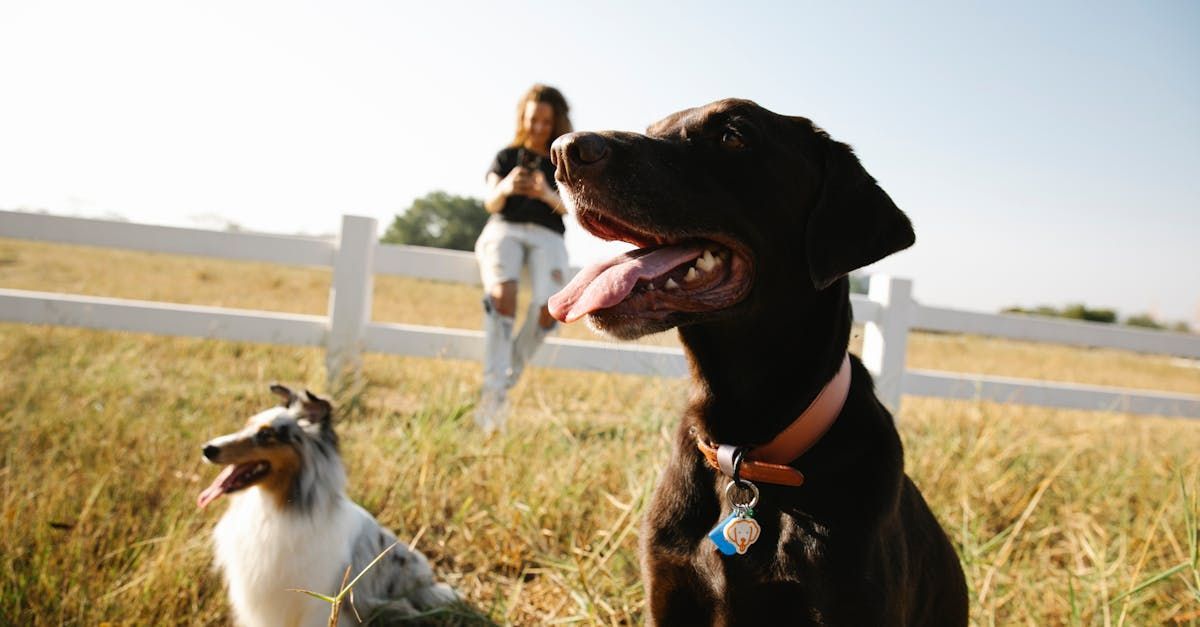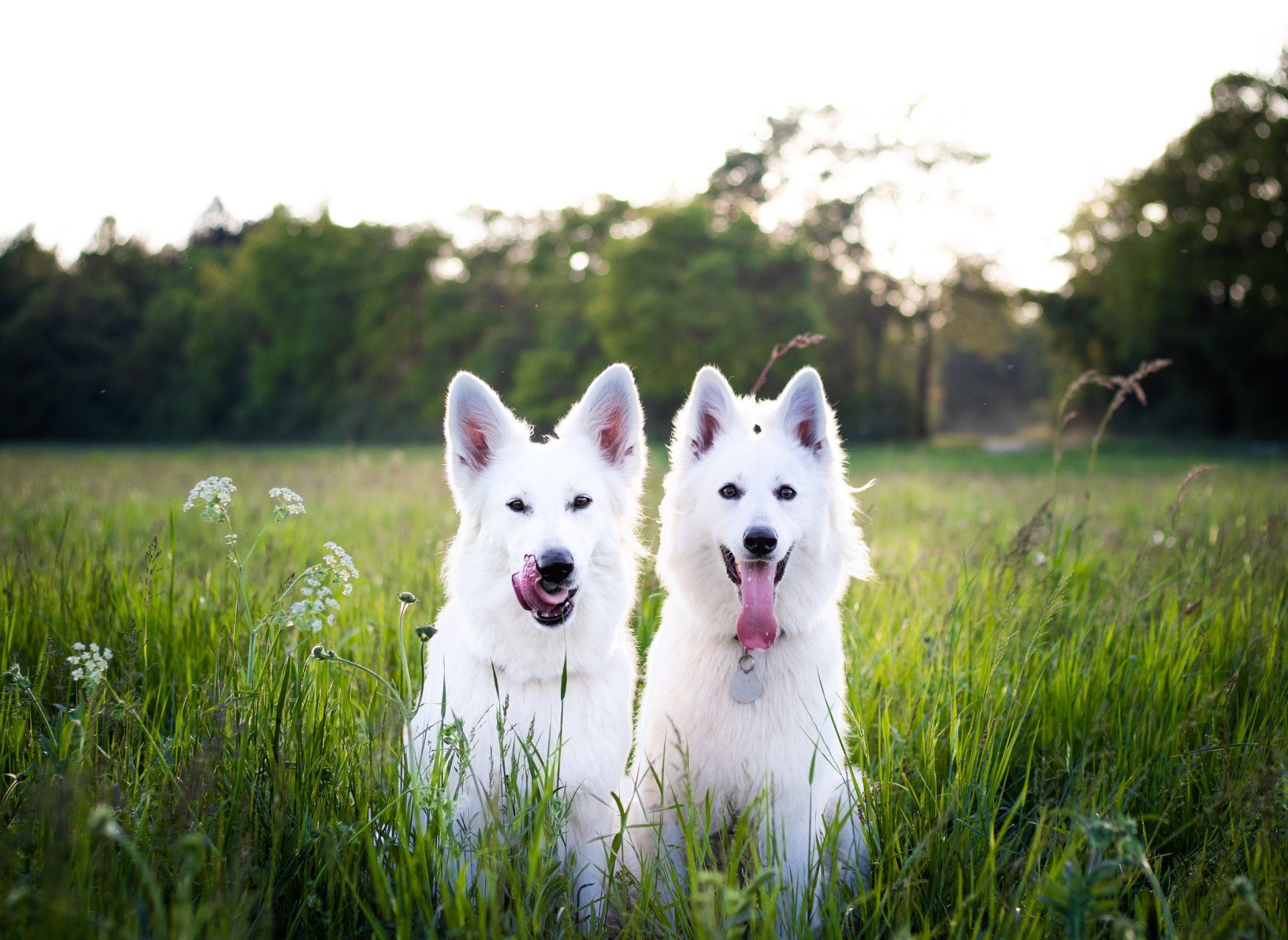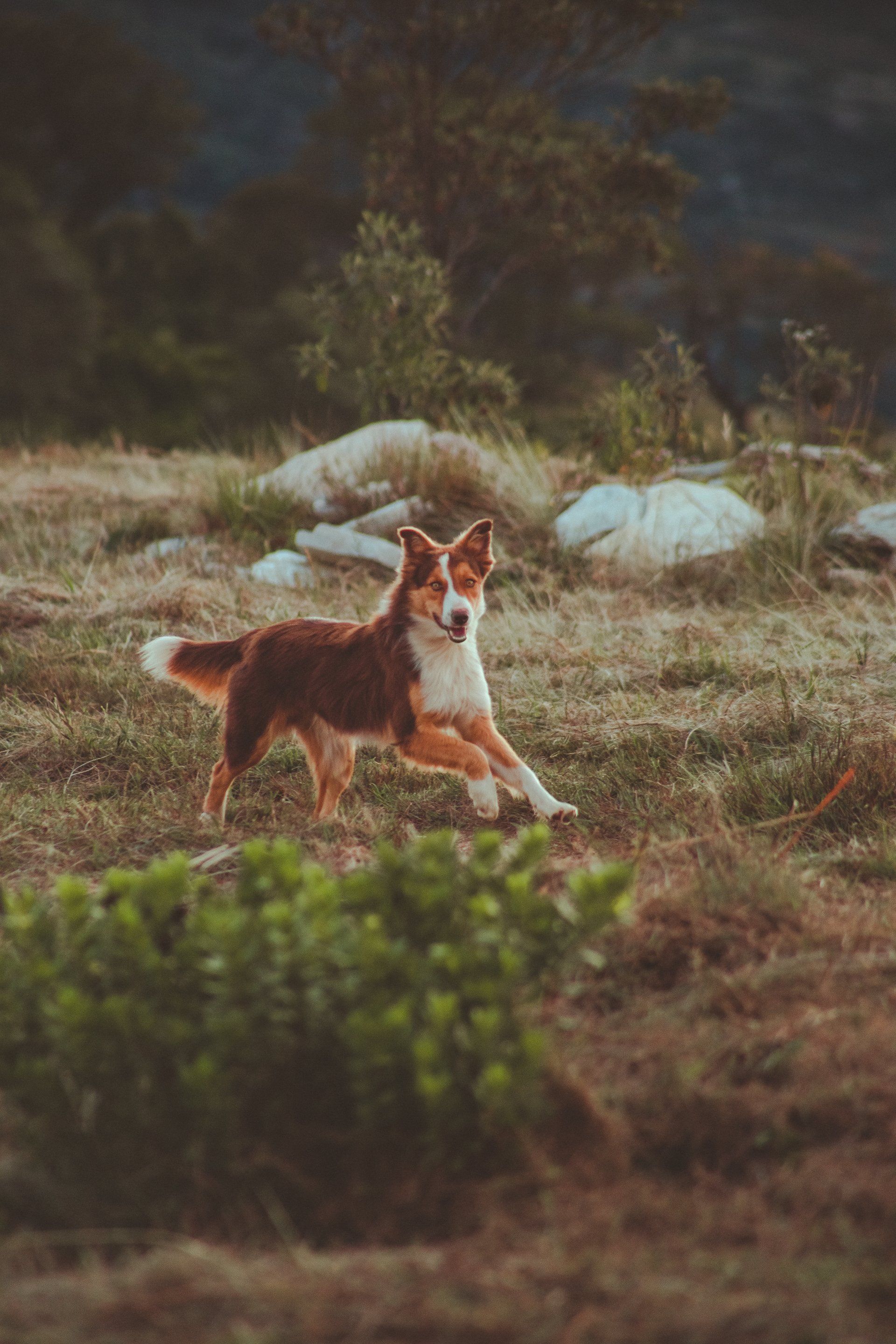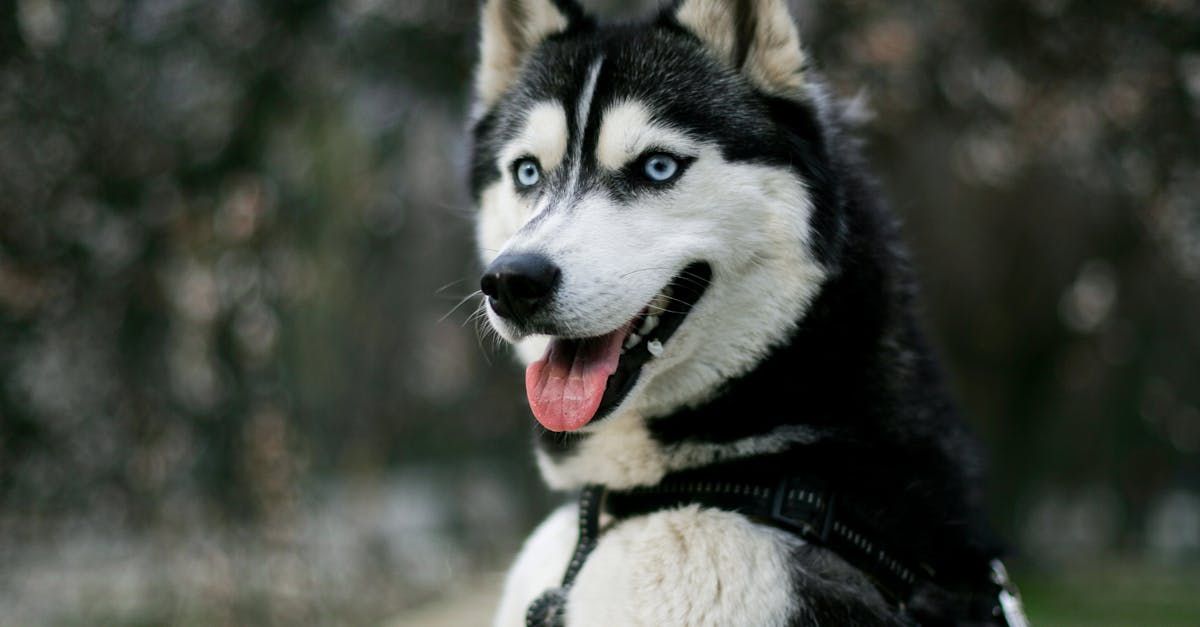The Energizer-Doggy
“I’ll run my dog for two miles and they’ll still bounce off the walls when we get home… They never stop!”
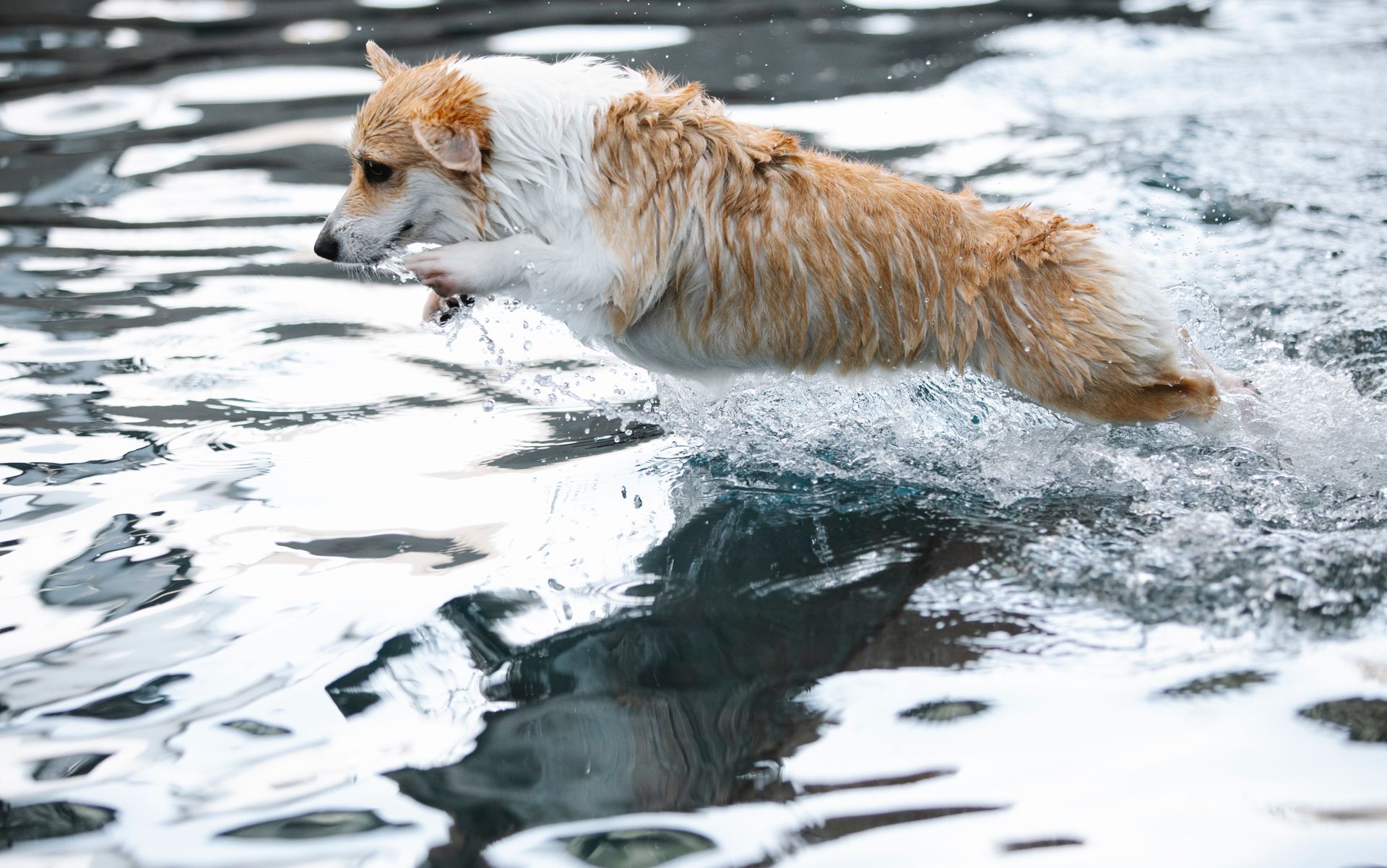
If you’re like me, and you decided to get a high energy/high drive dog, you have probably thought that exact same thing. It feels like your dog NEVER gets tired! Constantly on the go, moving from one place to the next. And if you don’t give them something to do, they’ll entertain themselves, and not always in the way you’d like them to…
My dog’s are a combination of two of the smartest and highest energy dog breeds. Their brains plus their never ending battery means they will go forever. Maybe your dog is the same way! So I COMPLETELY understand, and have felt the same way until I figured out each of my dog’s mental “formula”.
Even if your dog isn’t a mix of crazy active breeds like mine are, they can still seem to forget that relaxing is an option. And if you aren’t prepared to meet all of their physical and mental exercise needs, be ready for some not-so-great behaviors to come your way!
Why is my dog ramped up?
Like some humans, being able to sit and relax isn’t always the easiest thing to do. After all, we only have so much time in our days and there always seems to be something on our check list.
For our dogs, they have a check list of their own. Granted it won’t include things like going grocery shopping, doing the dishes, or taking out the trash (though I’m sure they’d love to help with that!). Unfortunately for them, they are dependent on us humans to help them check things off.
If I know I have a lot of things to do, and I don’t get them done or it takes me longer to do them, I will get very anxious and stressed out. That same thing happens with our dogs.
Their list may consist of things such as: going for a walk, running in the yard, playing fetch, finding the toy, eating food, engage with human, bark at leaf, and so on. several of those things require us to take part in. So if we don’t do them, our dog is now building up pent up energy and mental frustration. Especially if we don’t do those things for a few days, that’s all snowballing for our dogs.
There’s more than just physical exercise!
Don’t get me wrong, physical exercise is an incredibly important for providing a well rounded life for our dogs. But, that’s only one part that needs to be worked.
Mental stimulation for your dog is something that quite a few people overlook. Every dog, no matter the breed, needs mental exercise! It doesn’t matter if it’s a lazy Great Dane, or a high energy cattle dog, every dog needs to relieve the pent up energy and frustration in their mind.
Like I said in the beginning, if you take your dog on multiple mile runs, and they are still crazy when you get home, their mental exercise requirement has not been met yet! They are telling you that they need more.
So if you are facing a similar situation, let’s start to figure out what you could do to get their brain working more each day.
Mental stimulation for dogs
This can seem like a pretty straightforward subject. But if you don’t take it seriously, you’ll find yourself in the same situation over and over.
There are lots of things that you can do to mentally stimulate your dog. I’ll list a few of my favorite things below:
- Snuffle mats
- Kongs with peanut butter
- Kongs with frozen food
- Puzzle toys
- Sprinkling food on a towel and rolling it up
- Scent training
- ANY TRAINING
And so much more. These are just a few things that I’ll do with my own dogs to try and provide them with the mental exercise they need.
Another thing you can do is take your dog on a “sniff walk”. For me, I always have some ground rules when I do this with my dogs. They aren’t allowed to pull me around everywhere, and they still have to mind their manners when we are outside. But, letting our dogs get in a solid 15-20 minute sniff session is roughly the equivalent of a mile run!
Of course, training with your dog is a fantastic way to get their brain thinking. And if you aren’t sure what to do to help, or if you are facing some issues with your dog and you could use some help on how to reign them in, reach out to your local professional trainer! One of my favorite things to do is help people engage more with their dogs. Cause if your dog is driving you nuts, the last thing you want to do is be around them a lot. (At least for most people).
Our dogs LOVE when we engage with them. So training is a beautiful way to get them thinking, and get you both working together!
Meeting the needs of our dogs both physically and mentally will improve their lives tremendously. Whether they are non-stop hyper or anxious and stressed, getting their brains thinking and bodies moving will help to balance out their energy, tire them out, and make them happier.

